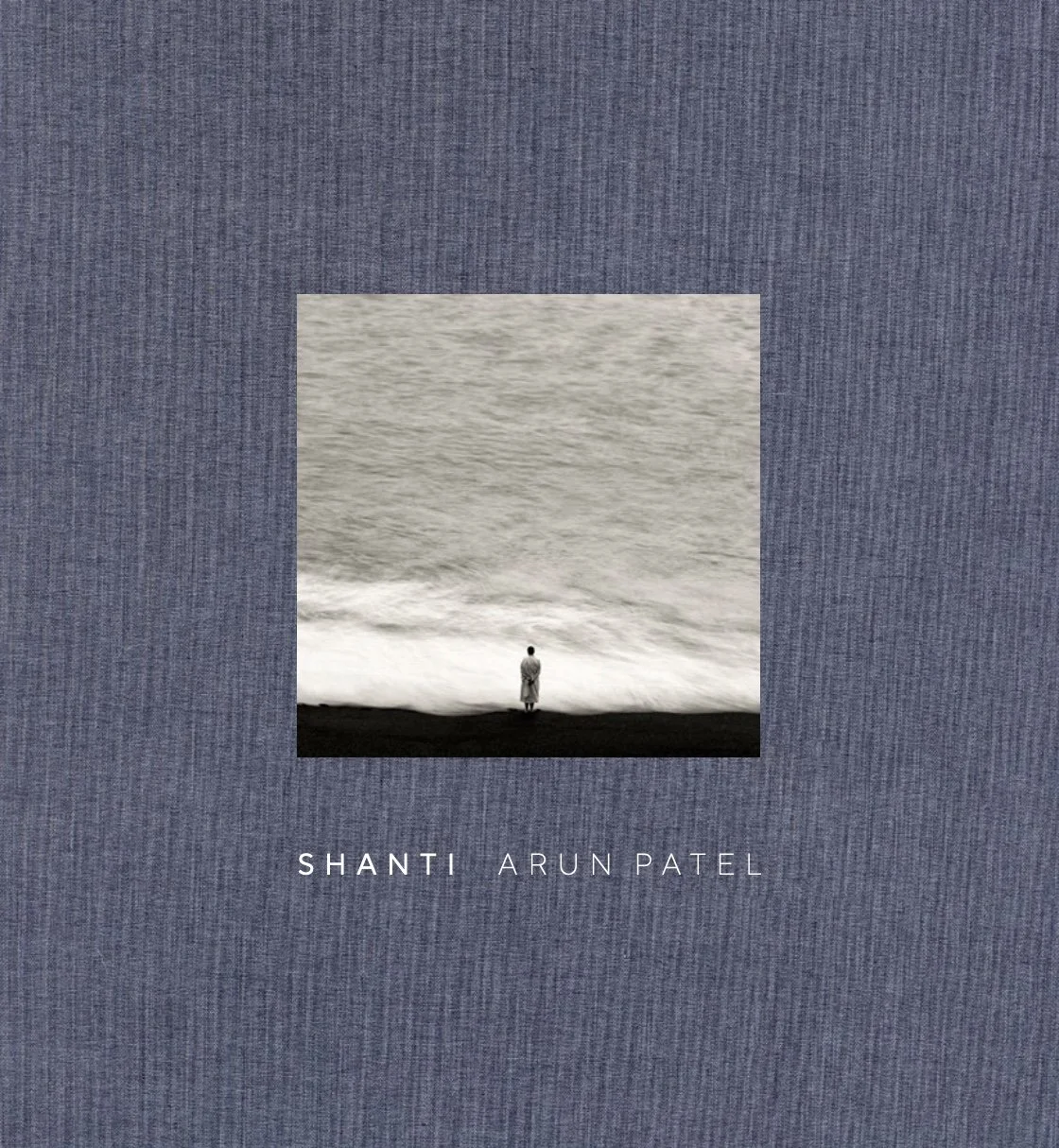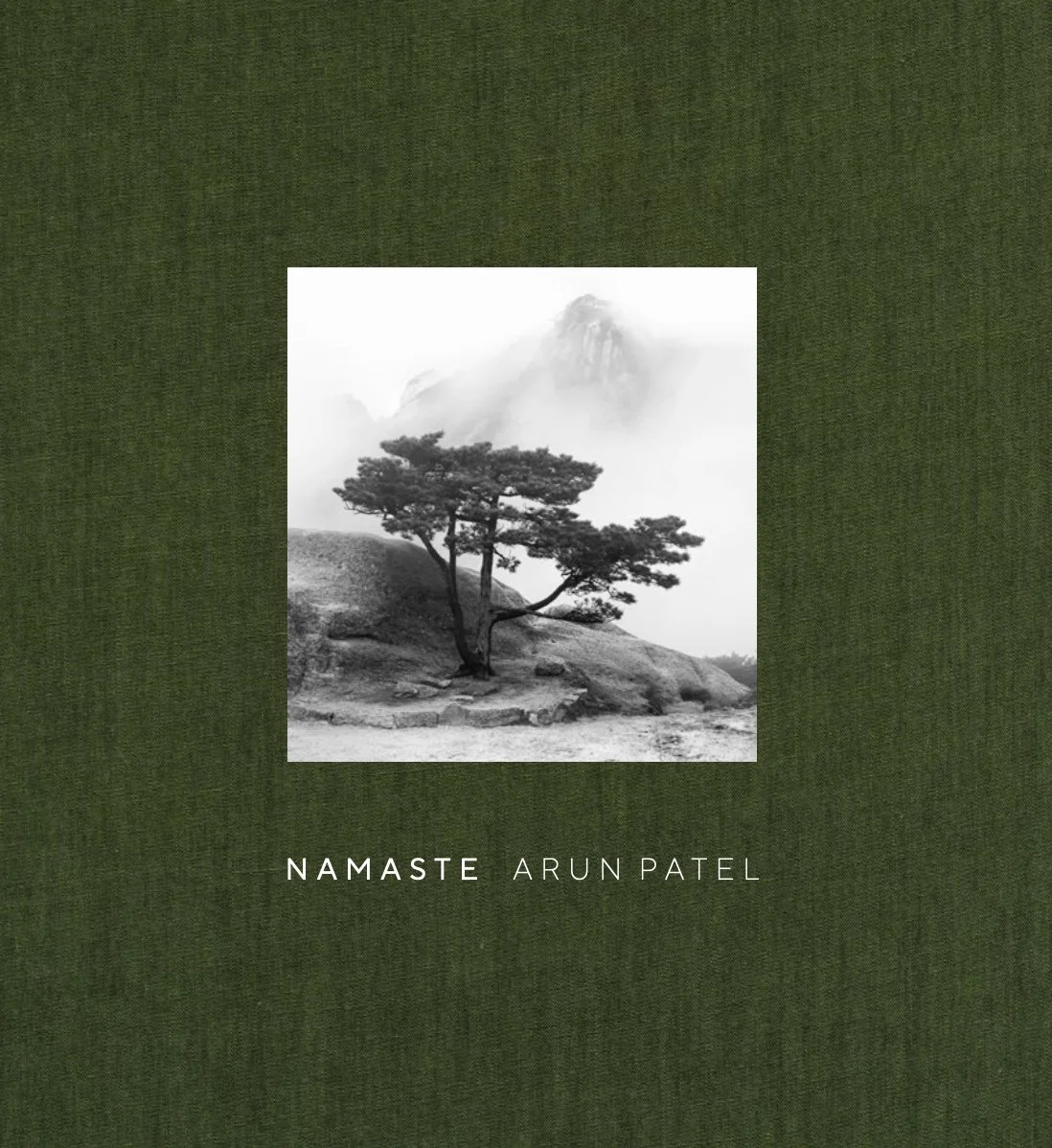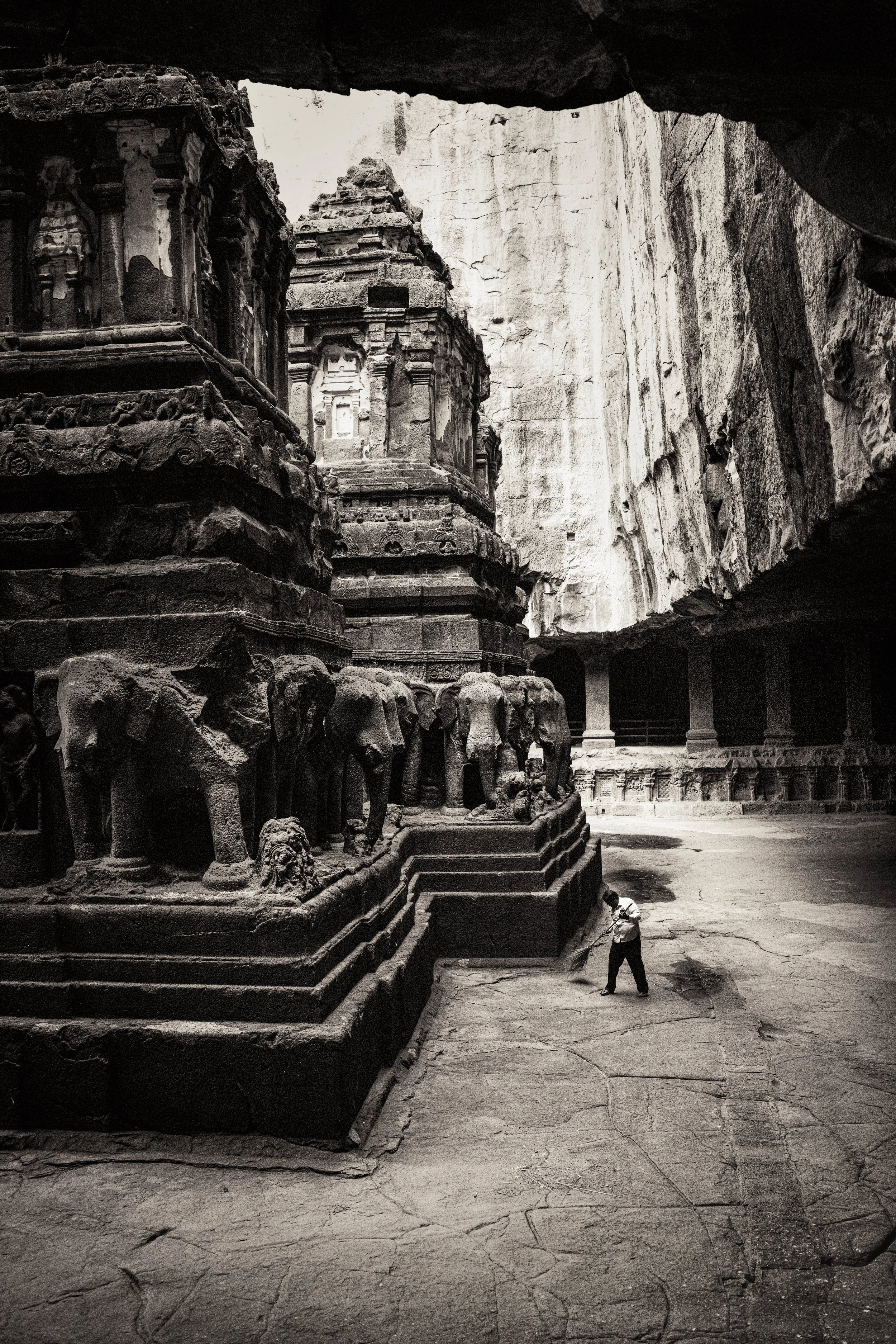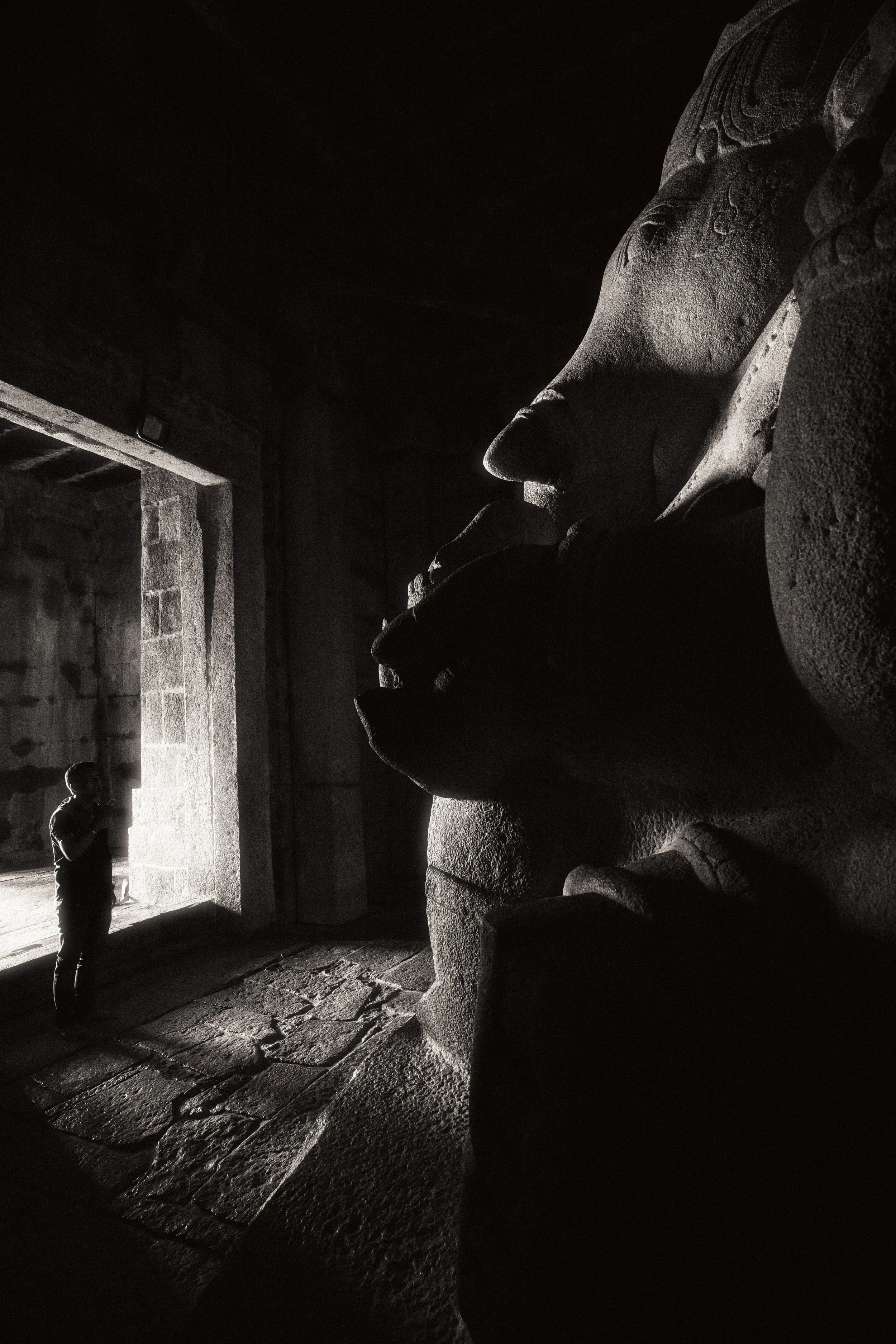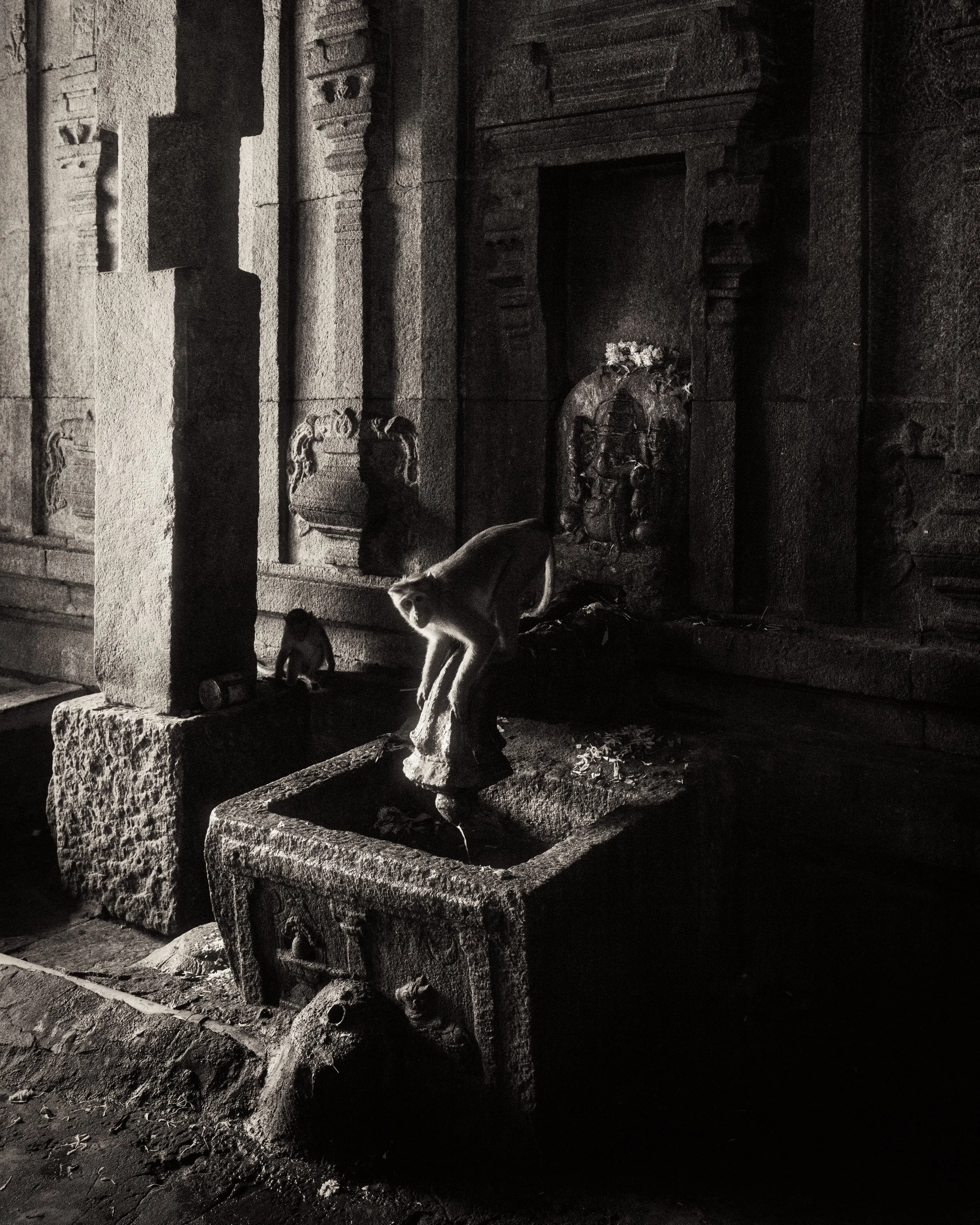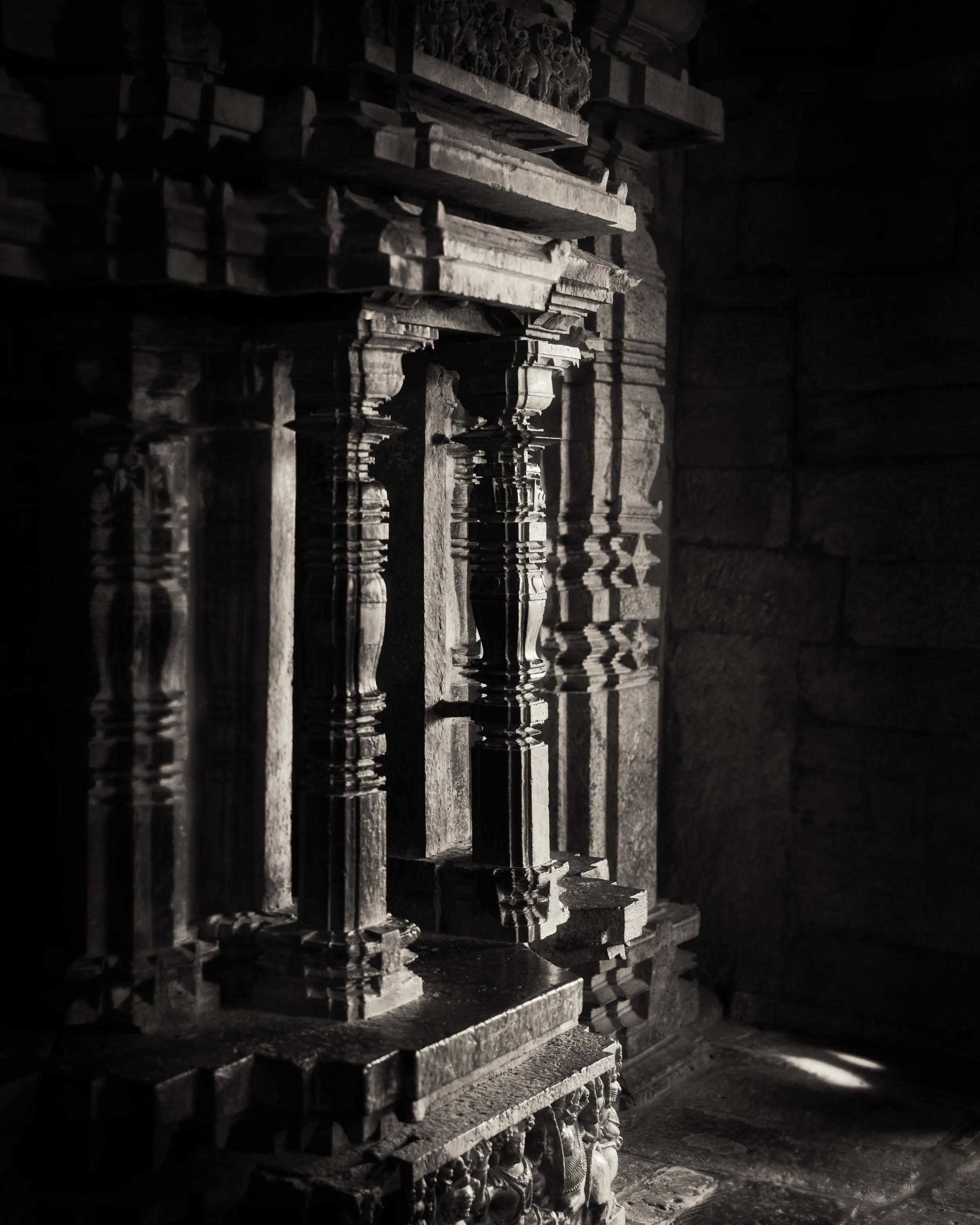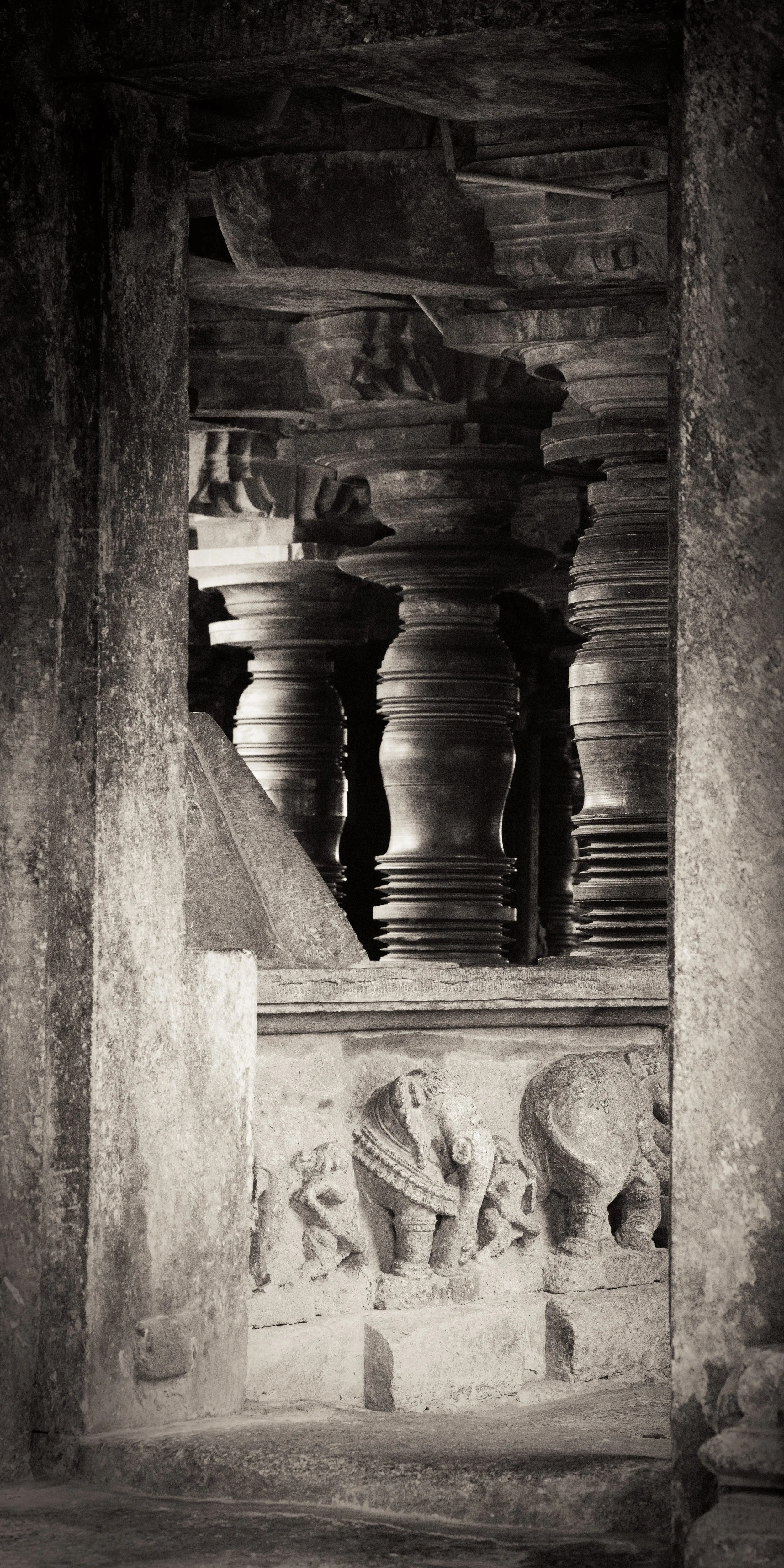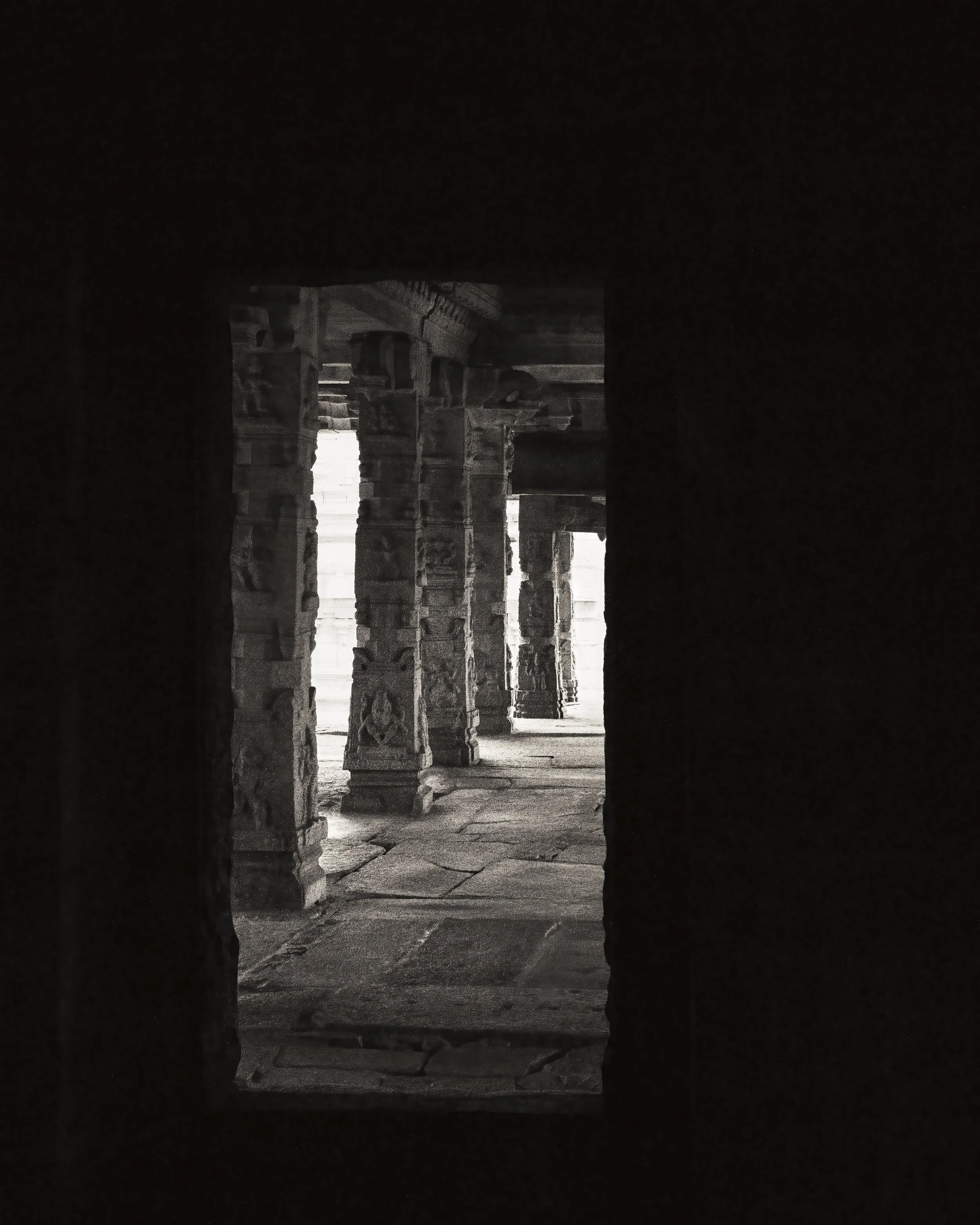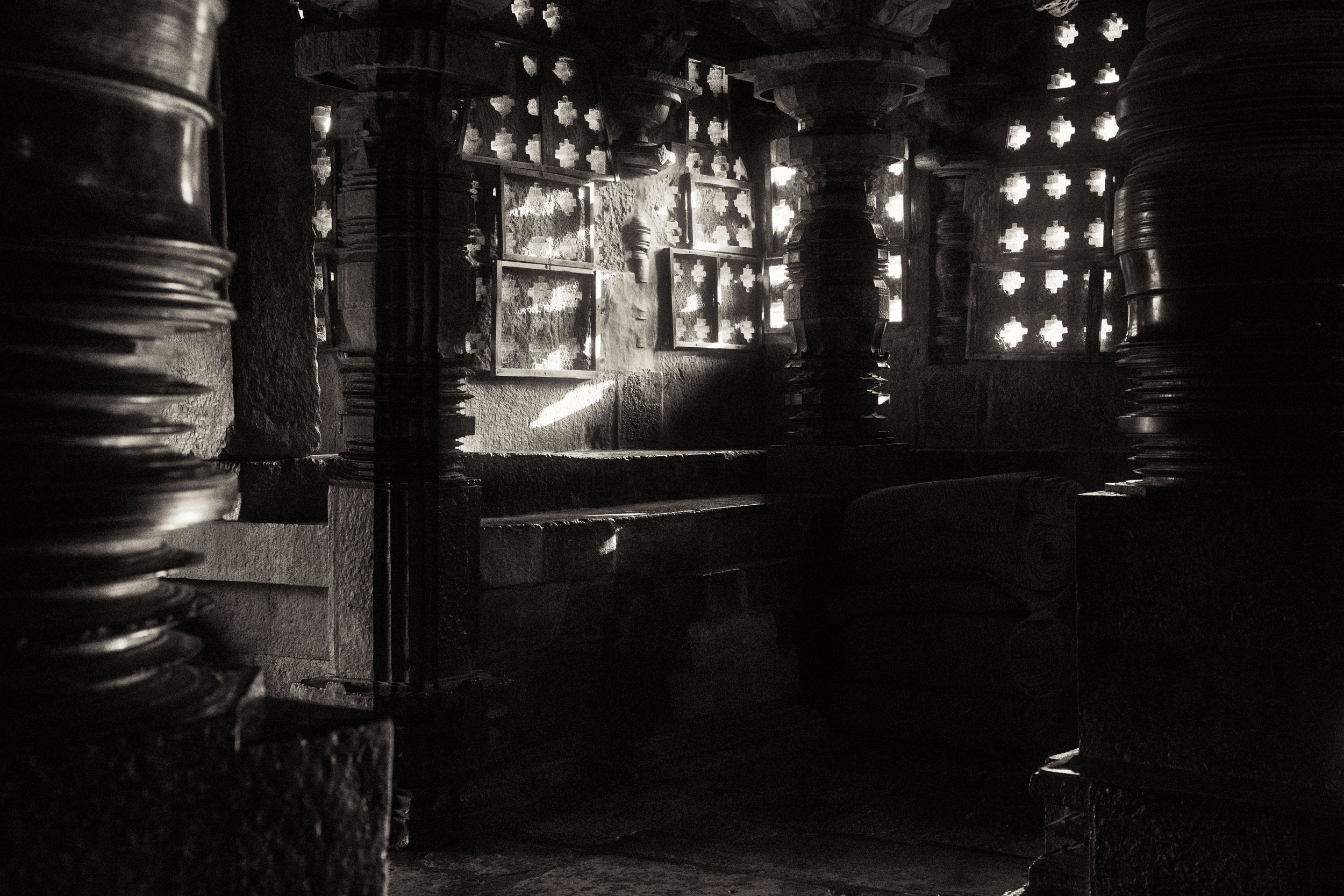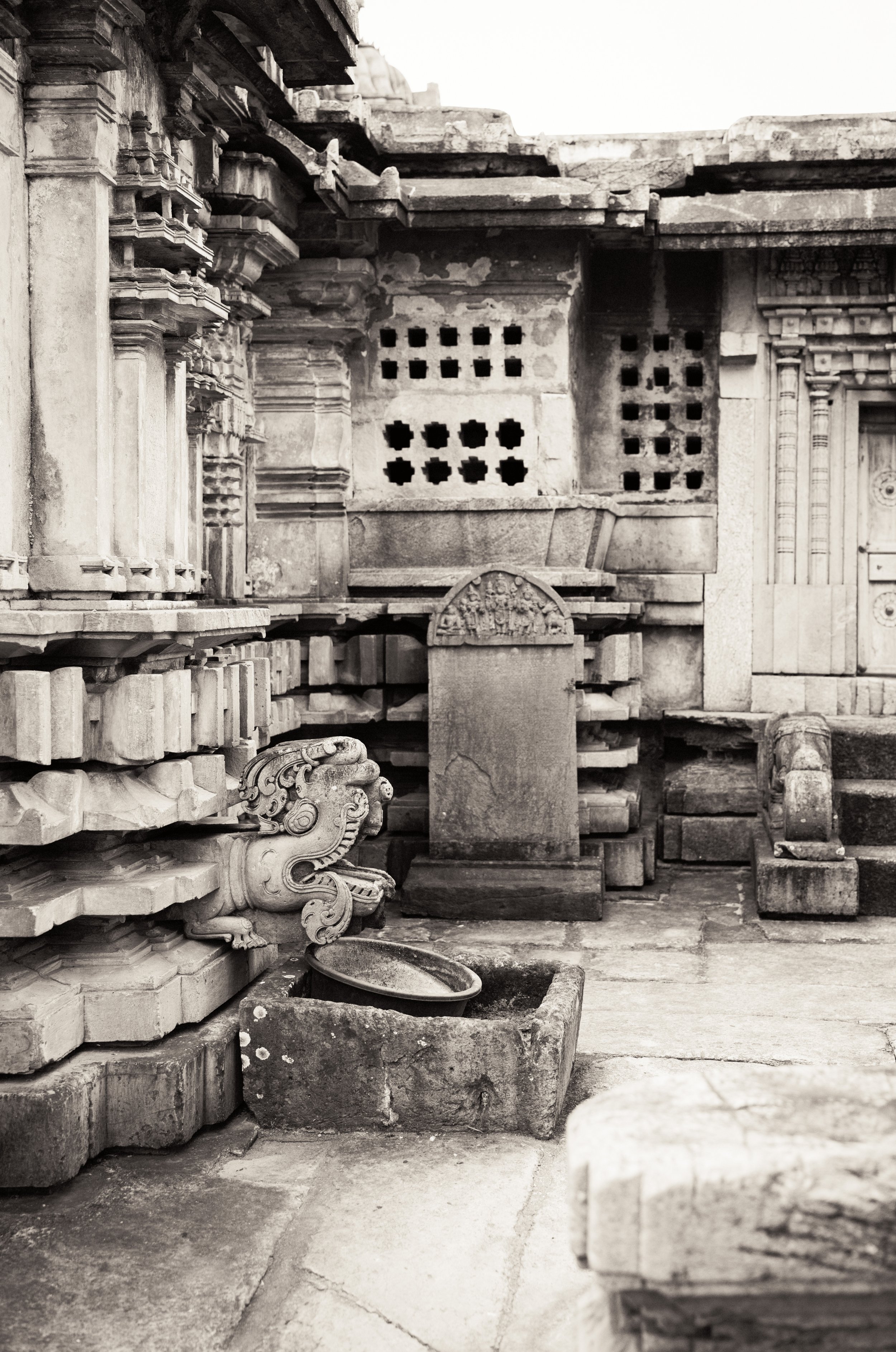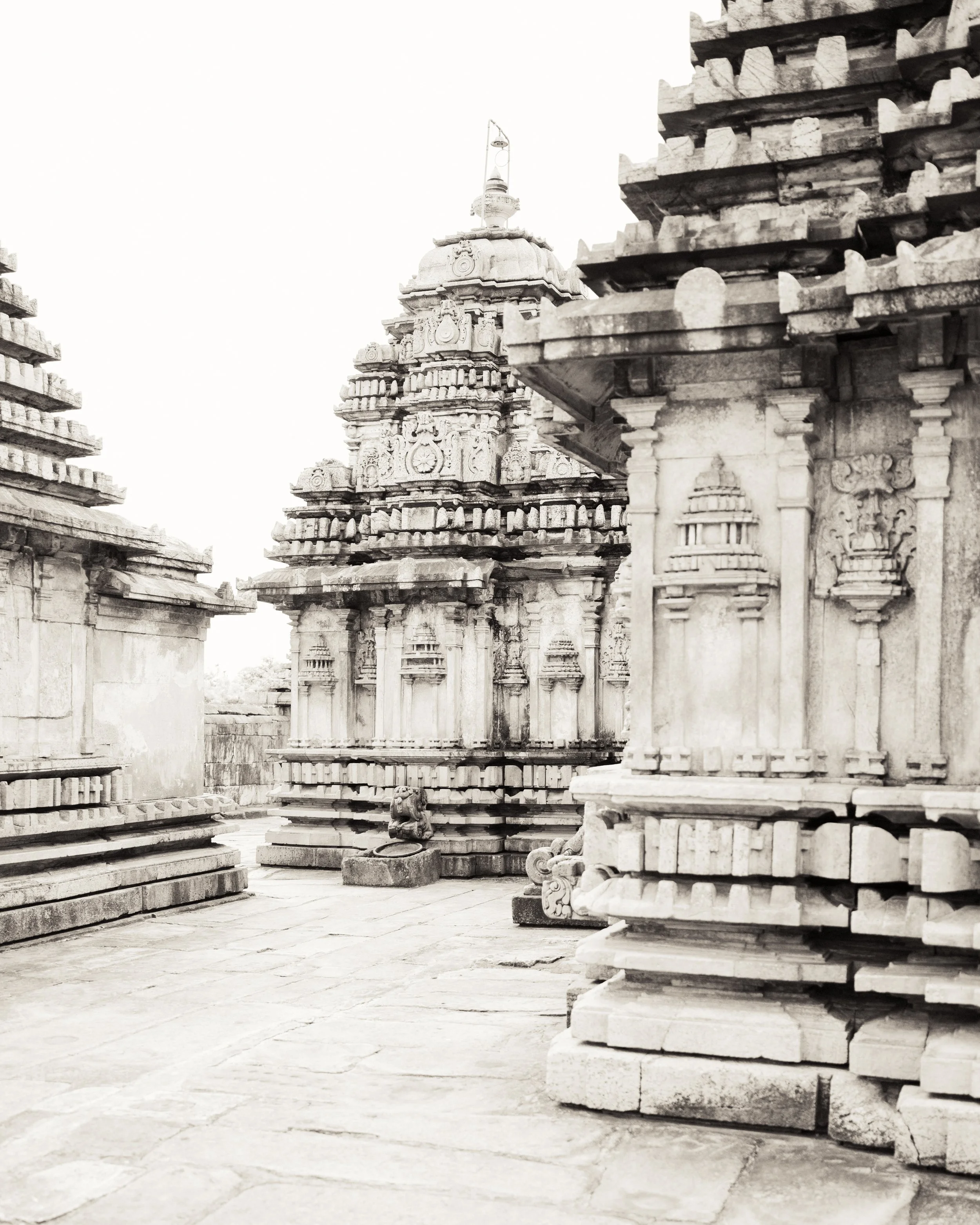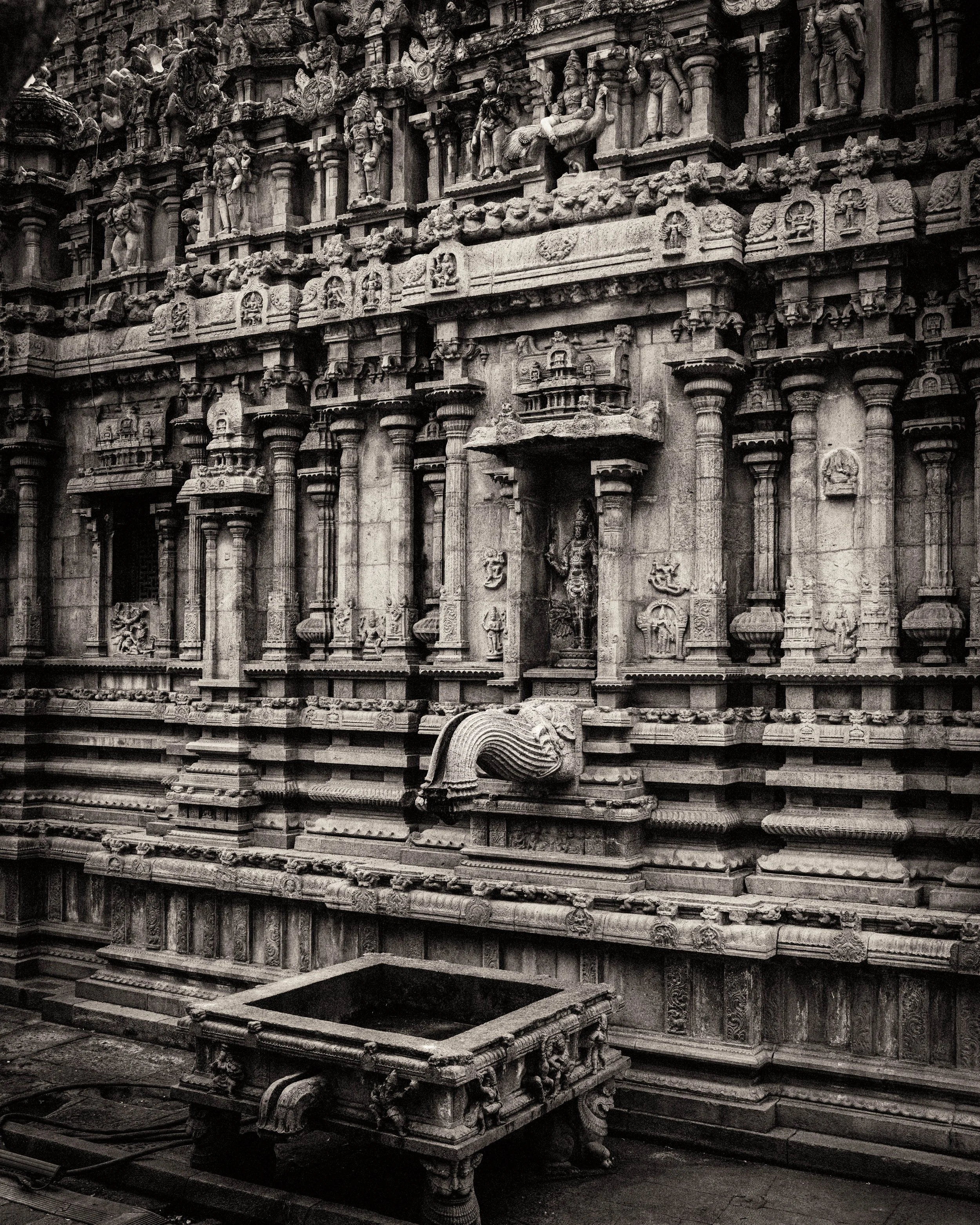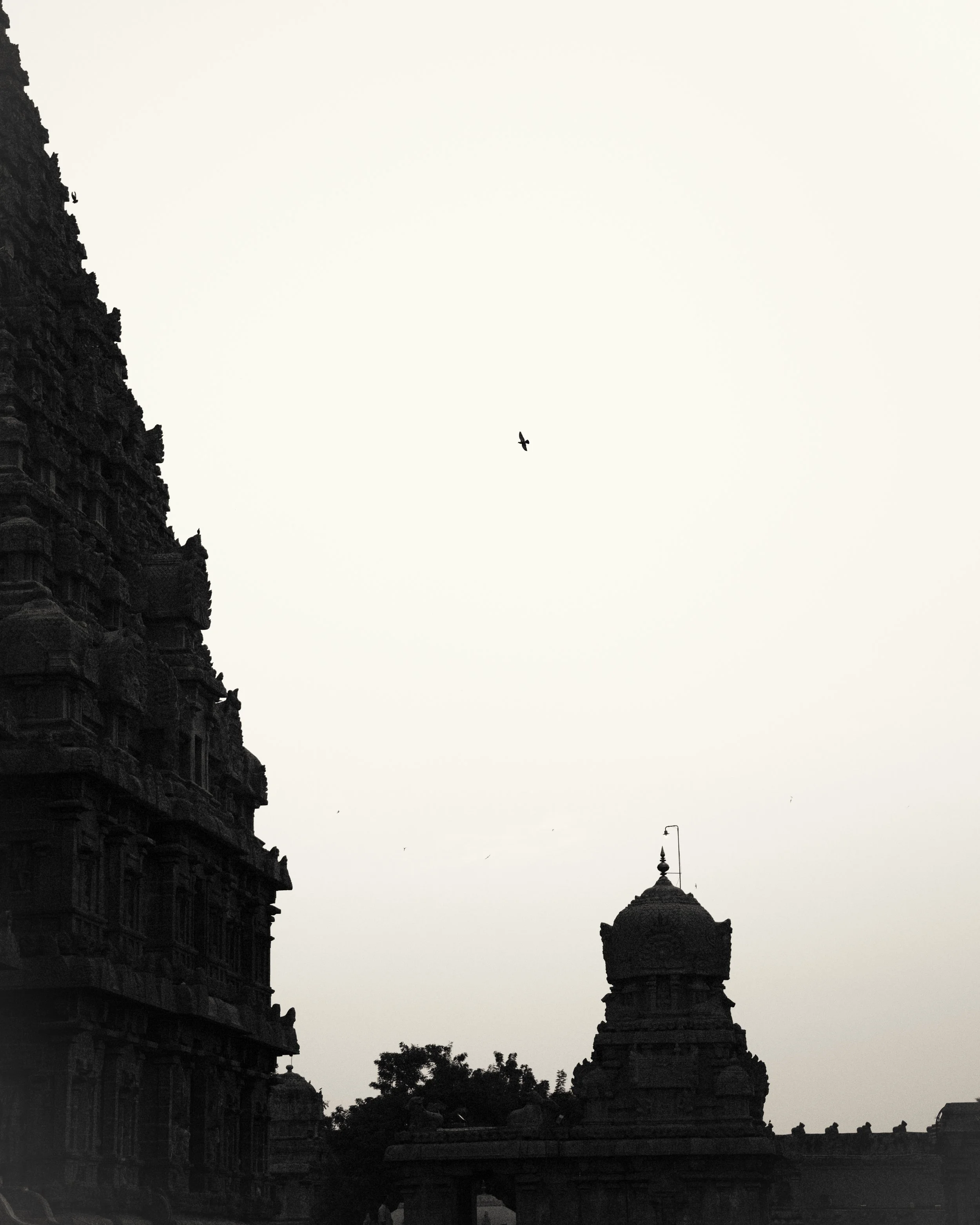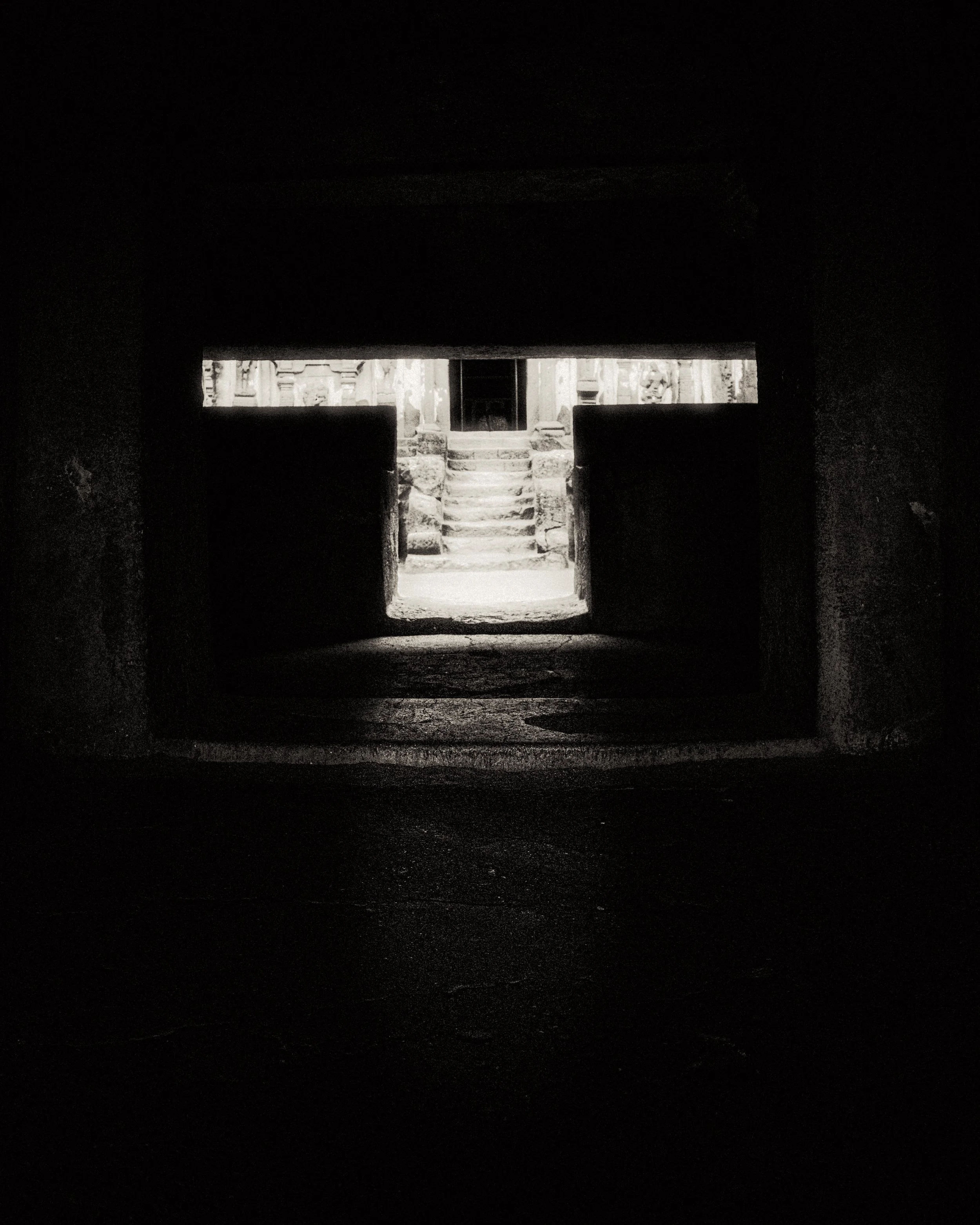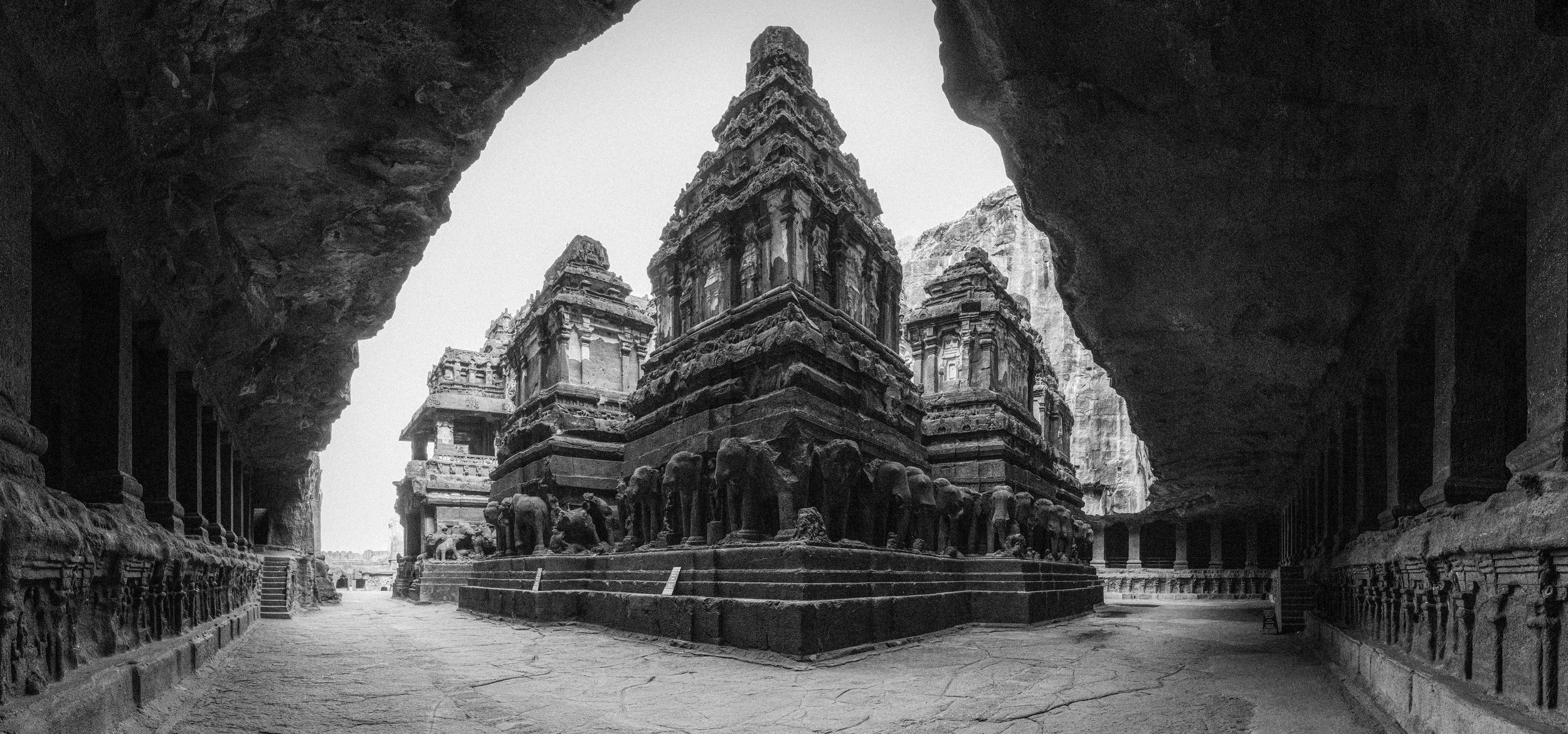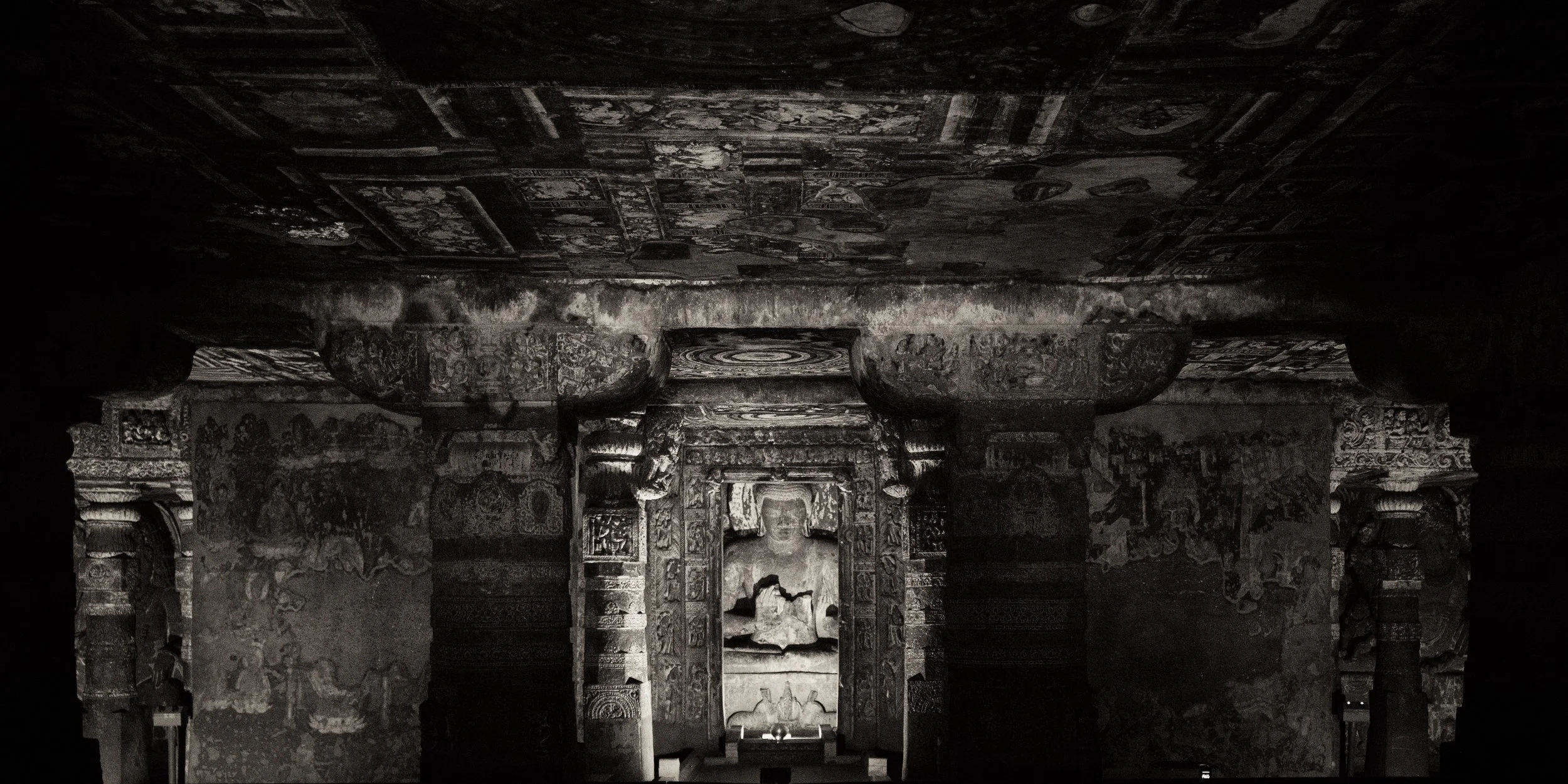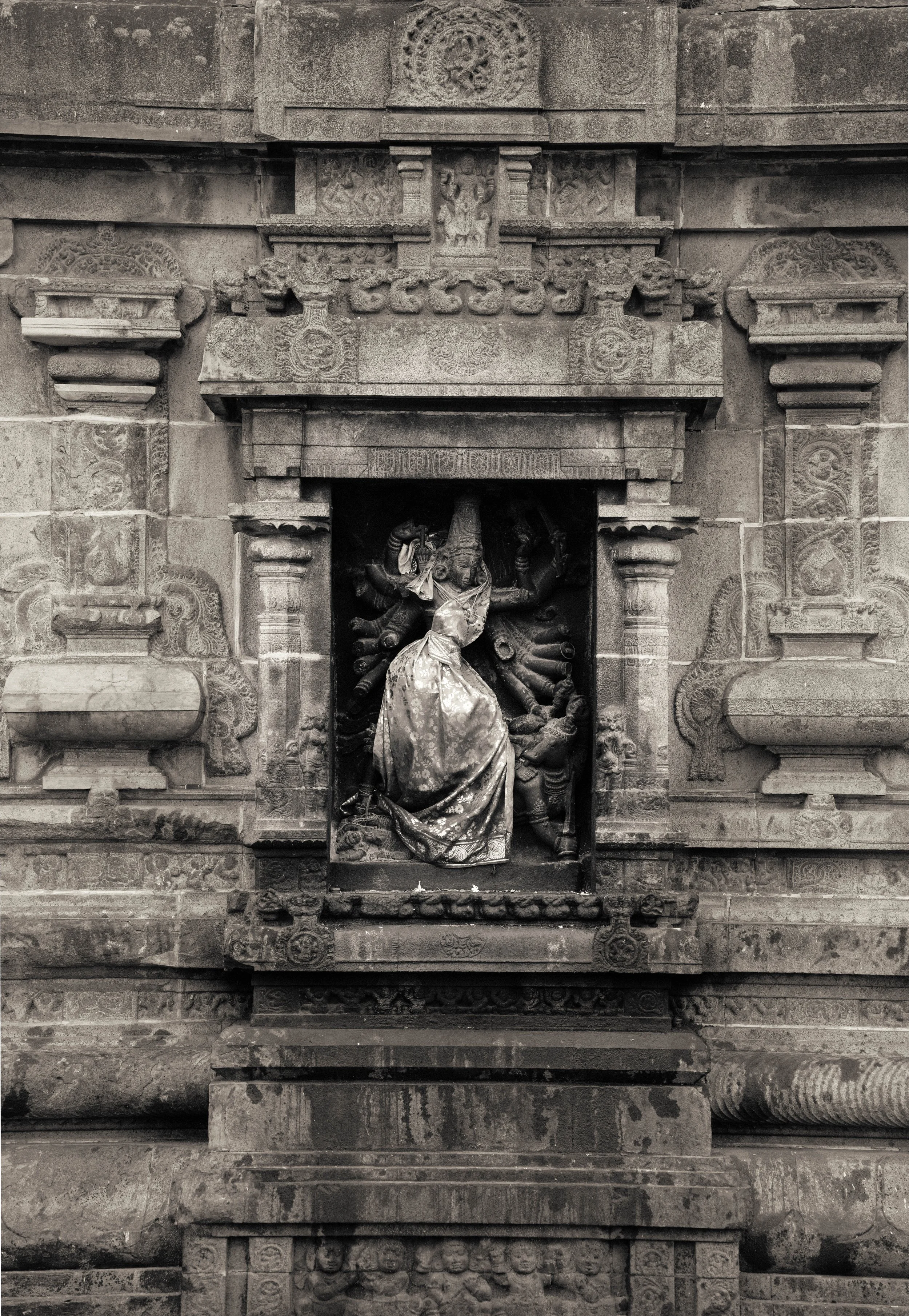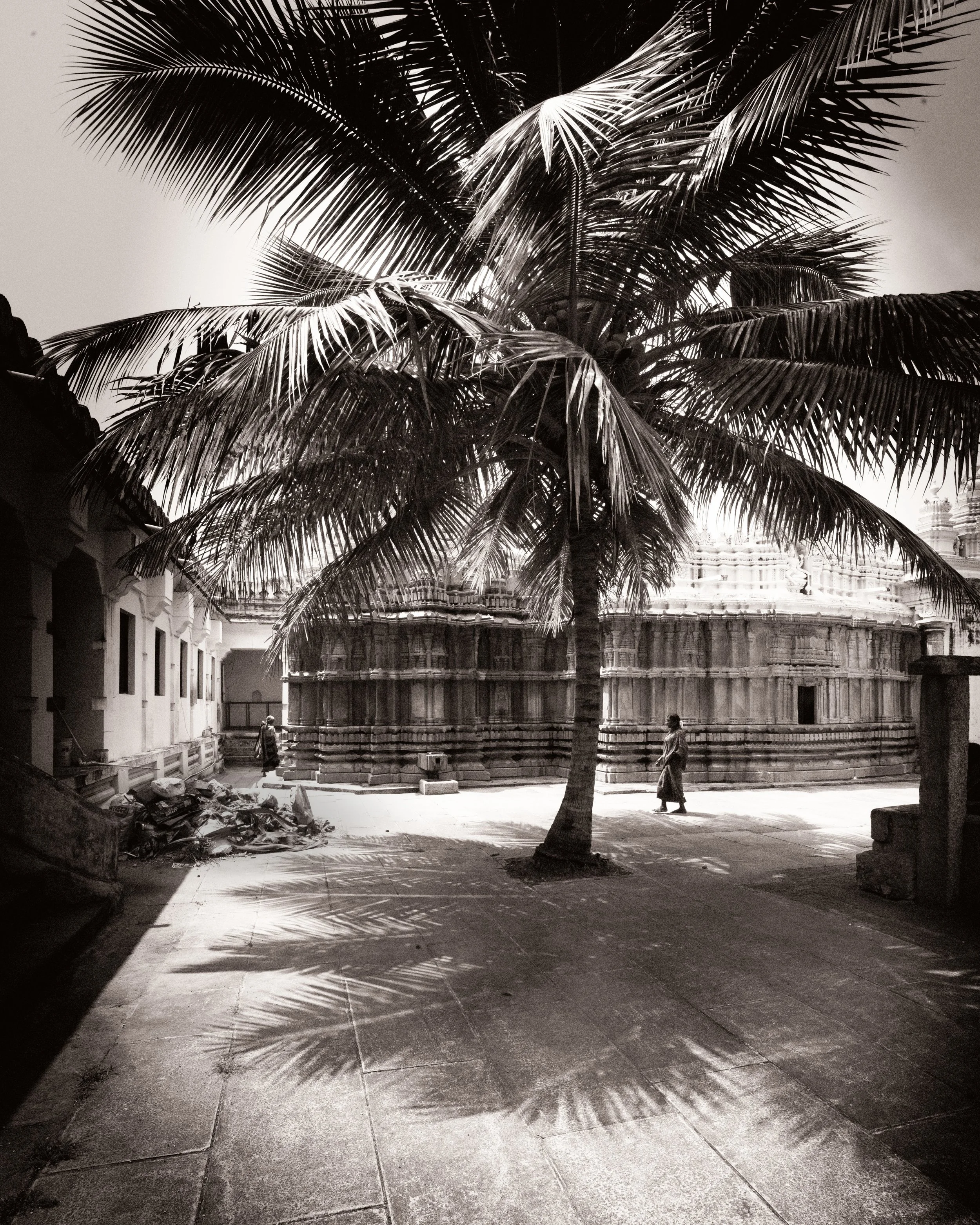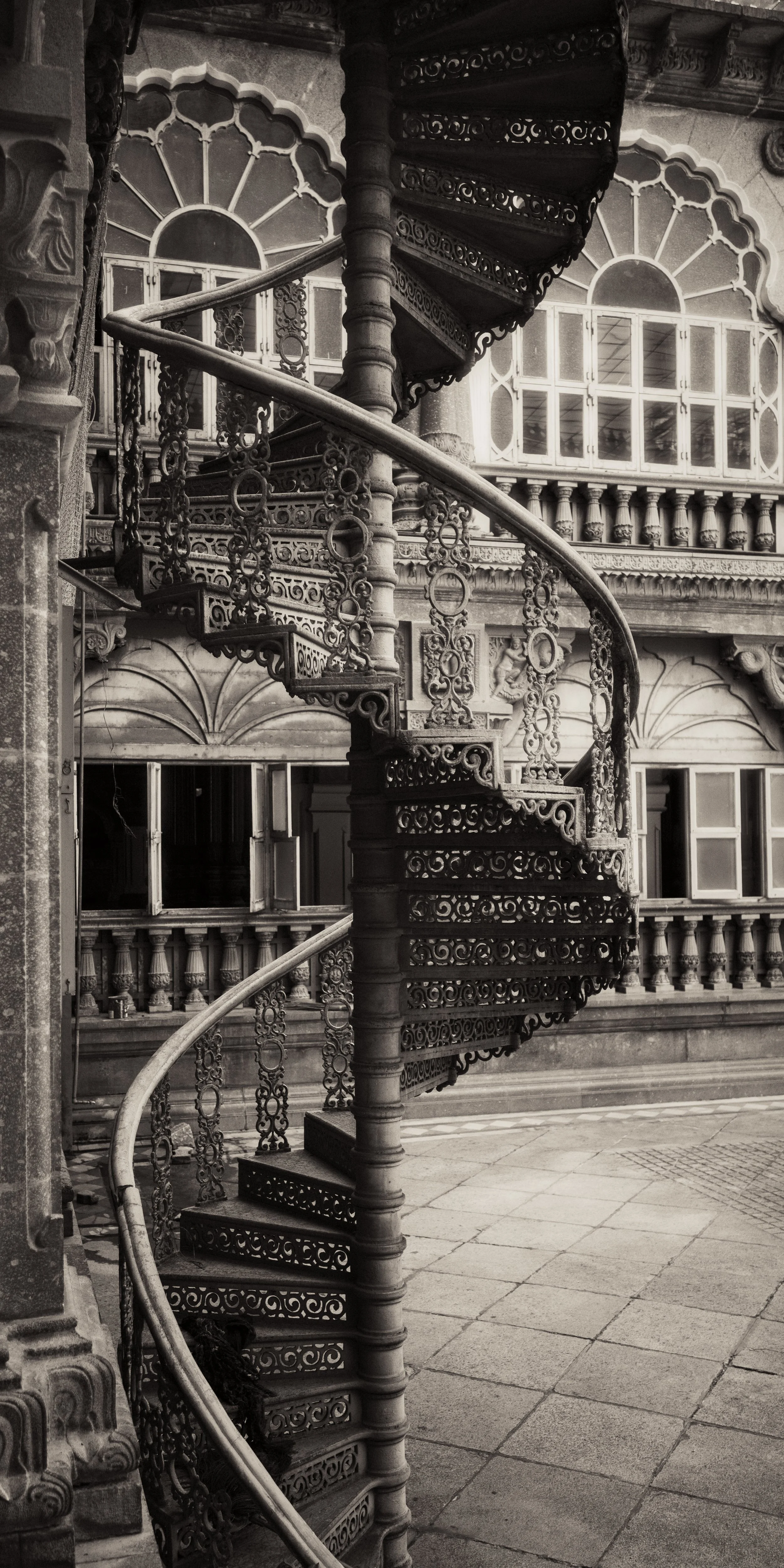DARSHAN INDIA
Sacred and Secular A photographic exploration of Ancient India and SE Asia
DARSHAN: To glimpse or to view and see; and to be blessed in the process. An auspicious sight, often in the context of a holy person or object.
Immigration and Career
Fifty years ago, my brother, Anil, and I, landed in New York City on an Air India flight as immigrants to America. We then continued on to Athens, Georgia, where our mother received us and arranged for our continuing education. I was sixteen years old at the time, and knew very little of the world beyond my family and school.
Despite this naiveté, I soon discovered that St. Xavier’s School in Kolkata had prepared me well for further studies in the USA. Overcoming distressing social isolation, I made good at the University of Georgia, and went on to attend medical school at Johns Hopkins University, remaining there for a residency in Ophthalmology. To my delight, I loved my time as a medical resident. I felt included and accepted by colleagues and acquaintances and so many people treated me warmly, that lasting and meaningful friendships developed and endure to this day.
My professional life was fortunate and successful. Following several fellowships and a term as Chief Resident, I joined a retinal subspecialty group in Sacramento, California. I spent the first ten of my 30-plus year occupation as a retinal eye MD refining surgical skills and building a practice. The next ten years brought leadership roles. Ultimately, in only the last ten years of my career, with more confidence and time for reflection, did I begin to appreciate the privilege and joy of being a healing physician. I tried to internalize the meaning of “being kinder than is necessary,” and as I look back, I only wish I had understood and practiced this precept my entire life.
Blessings from a monk in Varanasi with kind eyes
In retrospect, as I reached the age of sixty, my life story very much resembled that of so many first generation immigrants: a story fueled by the ambition to succeed and coming from a culture where success is expected, even required; all the while overshadowed by the fear of failure. For at the time there was no social safety net for us in this great land of opportunity; a land where I and my fellow immigrants were welcomed but not always accepted, hopeful yet still afraid, and voluntarily removed far away from all that we once knew and understood. Such was our collective focus to survive and thrive that we did not afford ourselves the luxury of developing interests outside our family responsibilities and work; not, that is, until the dutiful part of our lives could be put behind us.
In the face of these complex and universal immigrant experiences and emotions, does it seem strange for me to say now that this life in America has provided me great privilege and joy? Not at all. I remain thankful to this day for the opportunities my mother, my family and friends, this country, and many kind people have created for me. But these past 50 years have gifted to me much more than simply immigration and a career in medicine.
Photography and Landscapes
It should come as no surprise that any person, especially an eye physician, discovering his artistic side might develop an abiding interest in seeing things; seeing things as they were, as they are, and as they might be. Nurtured by encouragement from family and friends, teachers and mentors, workshops and books, art and particularly photography became a passion.
We understand that white light contains all the colors of the rainbow, as any child gifted a prism quickly learns. So it was with my discovery of photography. Only in my case, the colors became interests and the interests necessities: extensive travel for landscapes, portraits & architecture, using long exposures, selective focus, image processing, and especially, minimalist compositions, born amidst foul weather conditions.
SHANTI
The fruits of my burgeoning hobby now include two books of landscape photography, SHANTI and NAMASTE, with a third in progress as I write this, that I will call VARUNA. Influenced by my interest in Asian landscape art, the images in these books are minimalist, give the subject matter sufficient negative space to breathe, and speak softly.
India and Ancient Architecture
NAMASTE
My first encounter with ancient architecture occurred when we visited Angkor Wat, built in what is now Cambodia, nearly 900 years ago, as the largest Hindu temple in the world. Captivated by its beauty and a profundity of spirit, I determined to return. But then an Instagram Reel changed that plan.
In this reel, entitled, Most Indians Know Very Little of India, Sadhguru, a popular spiritual leader and founder of the Isha Foundation, discussed India’s deep and rich history of ancient architecture. He explained the importance of these virtually unknown and forgotten spiritual spaces, concluding, “these structures are unmatched in the world!” This was a lightbulb moment, a revelation which, uninvited, nevertheless opens the eyes and enlightens the mind with power enough to illuminate the road ahead.
Instead of returning to Angkor Wat, I knew now that I needed to return to India; to see, experience, and photograph the places where its spirit developed, where its story began. For if Sadhguru was correct, and even Indians didn’t know much about these sacred and secular places, then what possible chance did immigrants like me, or curious non-Indians, or expats and NRIs, or our children and grandchildren have to see and understand the story and soul of India? And so began a journey of discovery; back to India and back in time.
Discoveries and Heritage
My first trip was to Karnataka State where I walked among temples at Halebidu. I was awestruck, mesmerized, and yet perplexed. How could magical places like these exist, with most of the world, even Indians, knowing so little about them? With a feeling of connection to the “subject matter” before me, I found myself immersed in a state of Flow, from dawn to dusk, in the attempt to make photographs which might capture details adequate to the expression of the essence of this magnificent ancient site.
And as I worked, the irony to be found in exploring elsewhere, when I could have been at the Konarak Sun temple, Rani ki vav, or wandering amongst the ruined temples at Bateswar, was not lost on me. Lord Curazon, the last Viceroy of India, was right when he hailed Indian antiquities as, “the greatest galaxy of monuments in the world.”
India has 43 UNESCO World Heritage Sites as of 2025, of which 35 are termed Cultural. Yet these designated sites, each one amazing in and of themselves, just begin to scratch the surface of the deep and broad story which is India’s cultural heritage.
Look with me at just one of these sites: the Kailash Temple at the Ellora Caves.
It was Michelangelo who best explained the concept of subtractive sculpture when he said, “I saw the angel in the marble and carved until I set him free.” Now consider these facts about the Kailash: Built 750 years before Michelangelo carved his statue of David, it remains the largest, monolithic, rock-cut monument in the world. Chiseled by hand out of a mountain-side of hard basalt, and from the top down, it required several generations to complete and the excavation of several hundred thousand tons of rock, with nothing added!
Kailash Temple, Ellora Caves, Maharashtra
One walks into a massive space inside a small mountain, surrounded by an elevated, pillared corridor. The center structure rises up out of the earth majestically, its base almost twice the size of the Parthenon, and its many friezes adorned with reliefs of scripture, life-sized figures, and huge elephants. An exquisite temple rests on the second floor, “a temple so wondrous that even the gods and the architect were astonished”.
The Kailash Temple is stunning and remarkable! And yet, few foreigners have heard of it (12,000 foreign visitors in 2023), in contrast to the world-wide fame enjoyed by Michelangelo’s David (1.7 million foreign visitors yearly), as just one example. Indeed, the New 7 Wonders of the World campaign, supported at its beginning in 2001 by UNESCO, and ultimately released as the result of an international popularity contest in 2007, lists Machu Picchu in Peru but not The Kailash in India. Why? Because Machu Picchu is the more ancient? Absolutely not! Because Machu Picchu was more carefully planned? Hardly! Because Machu Picchu is architecturally superior? Not even close! And then I realized: All the world knows about Machu Picchu and the Kailash has been forgotten.
Journey and Mission
With ample doses of resolve & curiosity, I will travel, as many talented artists have done before me, to most of the UNESCO sites, and a good many lesser known but equally interesting places in India, making well-crafted, black and white photographs in the hope that these images will spark the curiosity of the viewer to learn more.
And just as France is more than the Eiffel Tower, and America more than New York City, I intend to explore and present India as more than the Taj Mahal and the Rajasthan circuit. My goal here is not to be documentary or comprehensive, but to show my personal interpretation of the breadth, depth, and diversity, through the lens of ancient architecture, of what was and is India. To respond to Sadhguru’s challenge to come to actually know India, through the opening of our collective eyes to that intense white light wherein can be found all the colors of its ancient and forgotten rainbows.
I expect that this project of travel and personal expression will take 4 or 5 years to complete, and will be published in an oversize book with 108 images. Simultaneously, I am interested in the ancient architecture to be found in surrounding 16 countries of SE Asia, as seen through the frames of ancient Buddhist and Hindu temples to be found there. When and why did these people and religions migrate out of India? By whom and how were these temples built? And in what ways are these similar to, or different from, their Indian counterparts? These parallel projects will result in two additional volumes of published images that attempt to introduce the viewer to interesting ancient places in Asia.
Ultimately, I hope that when my children and grandchildren, and yours as well, turn the pages in my books of photographs, they will point to one image that captures their imaginations and then ask us to take them there. For this experience, my friends, the seeing of these ancient places through their fresh eyes, will undoubtedly be the ultimate form of DARSHAN.
Arun Patel Sacramento, California, USA January 2025



